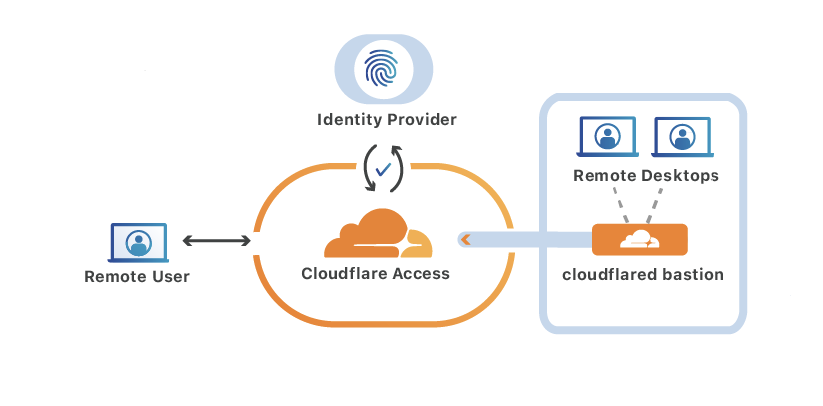0
Microsoft uses AI to boost its reuse, recycling of server parts
Microsoft is bringing artificial intelligence to the task of sorting through millions of servers to determine what can be recycled and where.The new initiative calls for the building of so-called Circular Centers at Microsoft data centers around the world, where AI algorithms will be used to sort through parts from decommissioned servers or other hardware and figure out which parts can be reused on the campus. READ MORE: How to decommission a data center Microsoft says it has more than three million servers and related hardware in its data centers, and that a server's average lifespan is about five years. Plus, Microsoft is expanding globally, so its server numbers should increase.To read this article in full, please click here



